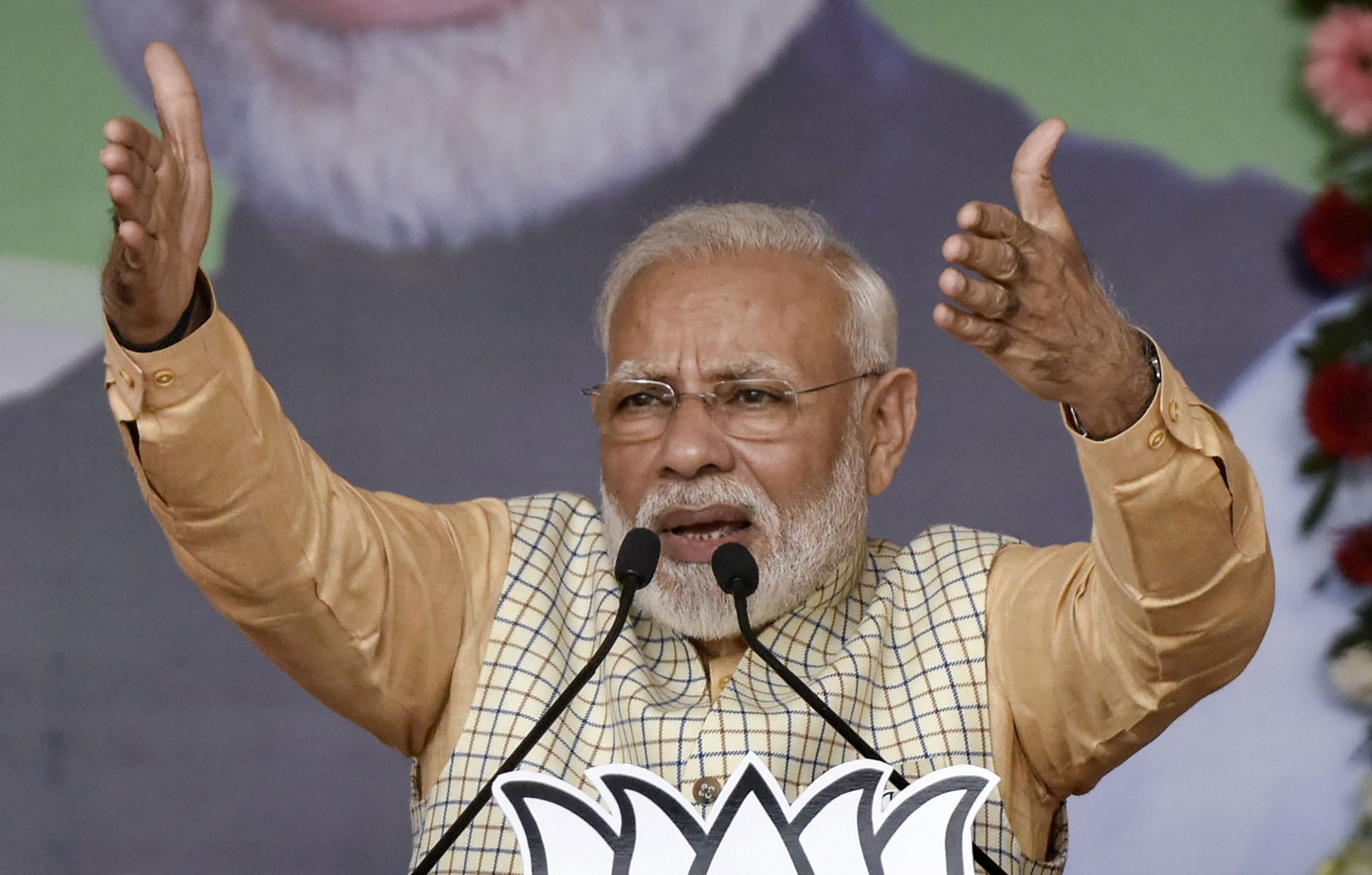
Bihar polls' national impact: A stronger BJP, a diminished Cong

After an edge-of-the-seat contest, counting for which went well past late Tuesday night, the NDA yet again emerged the winner in the Bihar polls, securing 125 seats in the 243-member state Assembly against 110 won by the RJD-led Grand Alliance.
Despite a wave of anti-incumbency against JD(U) chief and Chief Minister Nitish Kumar, its alliance partner BJP managed to bag 74 seats for the NDA in addition to JD(U)’s diminished vote count of 43 (from 71 in 2015). The other two allies, Vikasshel Insan Party and Hindustani Awam Morcha, won four seats each.
The elections have again established that Prime Minster Narendra Modi remains the star campaigner for the BJP. In the absence of any established faces in Bihar, except perhaps Sushil Modi, the BJP relied on Modi’s appeal to attract the masses to election campaigns and convert those turnovers to votes. The results of the bypolls held in 11 states also reiterated Modi’s popularity.
Related news: Bihar elections: NDA retains power; Nitish to be CM for fourth time
The Bihar elections have also helped the BJP break the unenvious trend of having lost a series of Assembly elections and power in the last couple of years, notably in Rajasthan and Maharashtra.
While the Bihar polls increased BJP’s stock, they have further diminished Congress’ standing as a national party. The Grand Alliance bolstered by the strong show of the Tejashnwi Yadav-led RJD suffered because of the poor performance of the Congress, which could win only 19 of the 70 seats it contested from. The Left parties, though, helped the alliance put a good show.
The RJD which gave the BJP a close chase emerged as the largest party, winning 75 seats, but was only short of a win due to a reduced vote count of alliance partner Congress.
Experts who attribute the BJP’s anti-incumbency-defying win to the whirlwind campaigns by Prime Minister Narendra Modi, predict political equations to change in the aftermath of the polls.
The BJP, once a junior partner in the NDA alliance — with nearly 34 per cent of the vote share against JD(U)’s 46 per cent in 2015 — may be all set to play the ‘big brother’ this time even though it has maintained that Nitish Kumar will be the chief minister.
Tejashwi, whose rallies attracted huge crowds, despite losing the chief minister’s chair, has clinched the second place for himself in the state’s political arena, pushing Nitish to the third place.
While Left parties, allies to the Mahagathbandhan, showed a spectacular performance, winning 16 of the 29 seats allotted to them, the Congress which managed to win merely 19 of the 70 seats it contested, proved to be the alliance’s Achilles Heel.
Chirag Paswan’s LJP despite causing all the hoopla managed to win only one of the 137 seats it contested, although its withdrawal from the NDA and support for the BJP dented the JD(U)’s chances in around 75 seats.
The contest was close, with the NDA having a 5.3 per cent led over the Grand Alliance in seat sharing – while NDA had a vote share of 37.23 per cent, the Grand Alliance had 37. 21 per cent.
Analyses of the polls say the NDA gained momentum only after the first phase of the counting. While the Mahagathbandhan won 67.6 per cent of the 71 assembly seats in the first phase, the same dropped to 44.7 per cent in the second phase and 26.9 per cent in the third phase.
The NDA’s strike rate, on the other hand, showed an upward surge. It went up from 29.6 per cent in the first phase to 54.3 per cent in the second and 66.7 per cent in the third phase.
Reports attribute the surge to NDA’s counter-polarisation measures, including the repeated invocation of ‘jungle raj’ – a term used to define the RJD’s rule between 1999 and 2005 – by campaigners to show the RJD in poor light.
Reports say the NDA’s win also show an increased tilt of people towards the Hindutva agenda of the BJP. While parties including the RJD and the Samajwadi Party depended on OBC (Yadav) and Muslim votes, the BJP with the aid of the JD(U) tried building a Hindu coalition. The reduced vote count of JD(U) may also be an indication that the people want the BJP to replace the former as the senior partner in the alliance.
Related news: As Nitish slips, BJP’s win lies in becoming senior NDA ally in Bihar
The spectacular performance of All India Majlis-E-Ittehadul Muslimeen’s (AIMIM) in Seemanchal region, dominated by Muslims, also indicates that the community has weaned itself off the RJD and is ready to turn to a party which looks after its interests, even if it means bringing the BJP to power.


